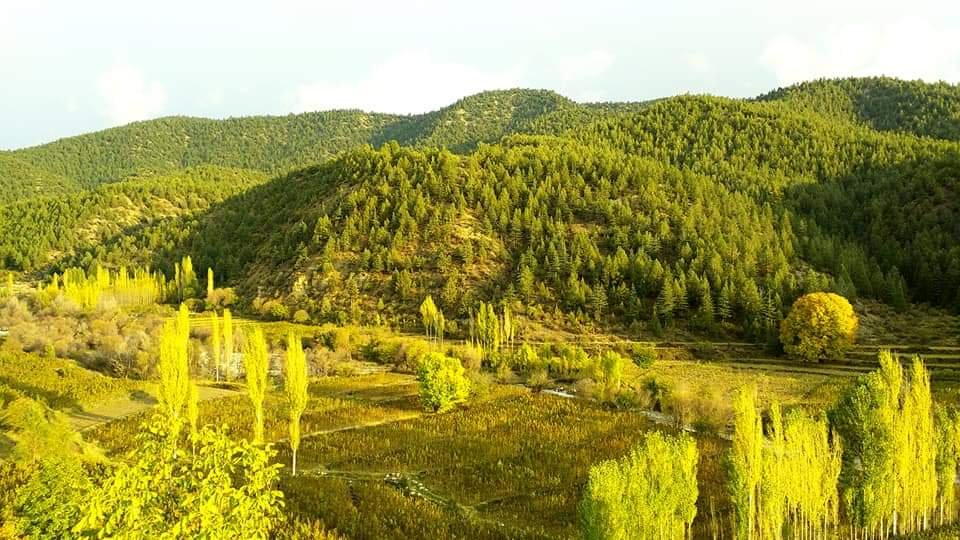INTRODUCTION
The science of Environment studies is a multi-disciplinary science because it comprises various branches of studies like chemistry, physics, medical science, life science, agriculture, public health, sanitary engineering etc. It is the science of physical phenomena in the environment. It studies of the sources, reactions, transport, effect and fate of physical a biological species in the air, water and soil and the effect of from human activity upon these. Environment Explained Literary environment means the surrounding external conditions influencing development or growth of people, animal or plants; living or working conditions etc. This involves three questions:
1. What is Surrounded
The answer to this question is living objects in general and man in particular.
2. By what Surrounded
The physical attributes are the answer to this question, which become environment. In fact, the concern of all education is the environment of man. However, man cannot exist or be understood in isolation from the other forms of life and from plant life. Hence, environment refers to the sum total of condition, which surround point in space and time. The scope of the term Environment has been changing and widening by the passage of time. In the primitive age, the environment consisted of only physical aspects of the planted earth’ land, air and water as biological communities. As the time passed on man extended his environment
through his social, economic and political functions.
3. Where Surrounded
The answer to this question. It is in nature that physical component of the plant earth, viz land, air, water etc., support and affect life in the biosphere. According to a Goudie environment is the representative of physical components of the earth where in man is an important factor affecting the environment.
(i) Definitions of Environment : Some important definitions of environment are as under:
1. Boring: ‘A person’s environment consists of the sum total of the stimulation which he receives from his conception until his death.’ It can be concluded from the above definition that Environment comprises various types of forces such as physical, intellectual, economic, political, cultural, social, moral and emotional. Environment is the sum total of all the external forces, influences and conditions, which affect the life,
nature, behaviour and the growth, development and maturation of living
organisms.
2. Douglas and Holland: ‘The term environment is used to describe, in the aggregate, all the external forces, influences and conditions, which affect the life, nature, behaviour and the growth, development and maturity of living organisms.’
(ii) Scope of Environment: The environment consists of four segments as under:
1. Atmosphere: The atmosphere implies the protective blanket of gases, surrounding the earth:
(a) It sustains life on the earth.
(b) It saves it from the hostile environment of outer space.
(c) It absorbs most of the cosmic rays from outer space and a major portion of the electromagnetic radiation from the sun.
(d) It transmits only here ultraviolet, visible, near infrared radiation (300 to 2500 nm) and radio waves. (0.14 to 40 m) while filtering out tissue-damaging ultra-violate waves below about 300 nm.
The atmosphere is composed of nitrogen and oxygen. Besides, argon, carbon dioxide, and trace gases.
2. Hydrosphere: The Hydrosphere comprises all types of water resources oceans, seas, lakes, rivers, streams, reserviour, polar icecaps, glaciers, and ground water.
(i) Nature 97% of the earth’s water supply is in the oceans,
(ii) About 2% of the water resources is locked in the polar icecaps and glaciers.
(iii)Only about 1% is available as fresh surface water-rivers, lakes streams, and ground water fit to be used for human consumption and other uses.
3. Lithosphere: Lithosphere is the outer mantle of the solid earth. It consists of minerals occurring in the earth’s crusts and the soil e.g. minerals, organic matter, air and water.
4. Biosphere: Biosphere indicates the realm of living organisms and their
interactions with environment, viz atmosphere, hydrosphere and lithosphere.




